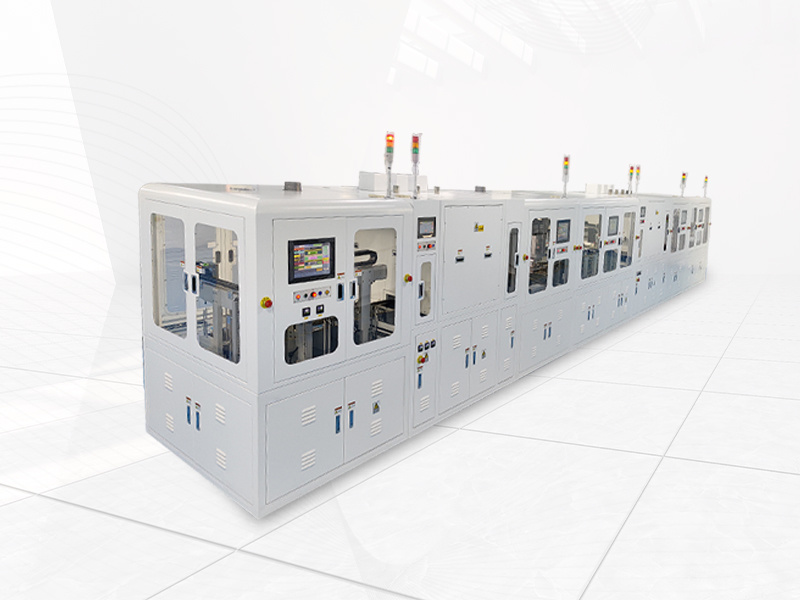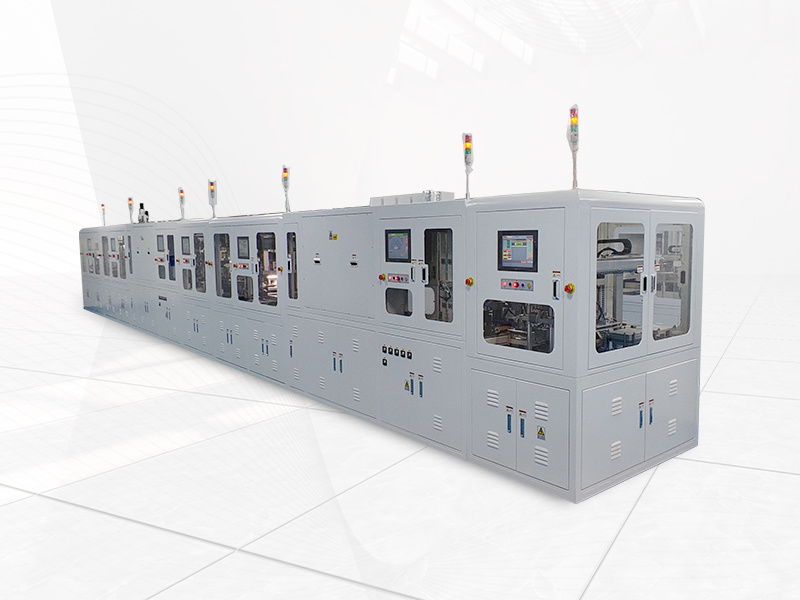Understanding Dipping Machines: Essential Tools in the Manufacturing Process
Release time:
May 30,2025
Dipping machines, often referred to as dipping systems or coating machines, are specialized equipment designed to submerge or dip products into solutions for various purposes, including painting, coating, or applying protective finishes. These machines are widely used in diverse industries, including automotive, electronics, and consumer goods manufacturing, due to their ability to deliver consistent quality and uniform application.
One of the primary advantages of using a dipping machine is its capability to apply coatings evenly. Unlike manual methods, which can lead to inconsistencies and variations in thickness, dipping machines ensure that each item receives a uniform coating. This is particularly important in industries where quality control is paramount, as uneven coatings can lead to defects, reduced performance, or premature wear of products.
Dipping machines come in various configurations, including batch and continuous systems. Batch dipping machines are ideal for smaller production runs or custom applications, allowing manufacturers to dip multiple items in a single cycle. In contrast, continuous dipping systems are designed for high-volume production, where products are fed through a dipping station at a steady pace. This versatility makes dipping machines suitable for a wide range of manufacturing scenarios.
In terms of operation, dipping machines typically consist of a dipping tank, where the coating solution is stored, and mechanisms for transporting products into and out of the solution. Advanced models may also feature automatic controls for temperature regulation, immersion time settings, and drying processes, enhancing overall efficiency and reducing labor costs.
Moreover, dipping machines can be utilized for various applications beyond simple coating. For instance, they can be employed for processes such as anodizing, galvanizing, or even cleaning components before assembly. The adaptability of dipping machines to different materials and processes makes them invaluable in a modern manufacturing setting.
As industries continue to evolve, the integration of dipping machines with advanced technologies such as robotics and automation is becoming more commonplace. This integration not only increases production speeds but also enhances precision and reduces the risk of human error, ultimately leading to improved product quality and operational efficiency.
In summary, dipping machines are essential tools in the manufacturing realm, providing consistent, high-quality coating solutions for a variety of applications. Their ability to enhance productivity while maintaining stringent quality standards makes them a worthwhile investment for manufacturers looking to optimize their processes. Understanding the capabilities and advantages of dipping machines can empower professionals to make informed decisions that enhance their manufacturing efficiency and product output.
One of the primary advantages of using a dipping machine is its capability to apply coatings evenly. Unlike manual methods, which can lead to inconsistencies and variations in thickness, dipping machines ensure that each item receives a uniform coating. This is particularly important in industries where quality control is paramount, as uneven coatings can lead to defects, reduced performance, or premature wear of products.
Dipping machines come in various configurations, including batch and continuous systems. Batch dipping machines are ideal for smaller production runs or custom applications, allowing manufacturers to dip multiple items in a single cycle. In contrast, continuous dipping systems are designed for high-volume production, where products are fed through a dipping station at a steady pace. This versatility makes dipping machines suitable for a wide range of manufacturing scenarios.
In terms of operation, dipping machines typically consist of a dipping tank, where the coating solution is stored, and mechanisms for transporting products into and out of the solution. Advanced models may also feature automatic controls for temperature regulation, immersion time settings, and drying processes, enhancing overall efficiency and reducing labor costs.
Moreover, dipping machines can be utilized for various applications beyond simple coating. For instance, they can be employed for processes such as anodizing, galvanizing, or even cleaning components before assembly. The adaptability of dipping machines to different materials and processes makes them invaluable in a modern manufacturing setting.
As industries continue to evolve, the integration of dipping machines with advanced technologies such as robotics and automation is becoming more commonplace. This integration not only increases production speeds but also enhances precision and reduces the risk of human error, ultimately leading to improved product quality and operational efficiency.
In summary, dipping machines are essential tools in the manufacturing realm, providing consistent, high-quality coating solutions for a variety of applications. Their ability to enhance productivity while maintaining stringent quality standards makes them a worthwhile investment for manufacturers looking to optimize their processes. Understanding the capabilities and advantages of dipping machines can empower professionals to make informed decisions that enhance their manufacturing efficiency and product output.









